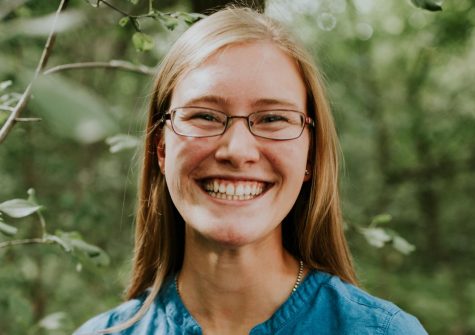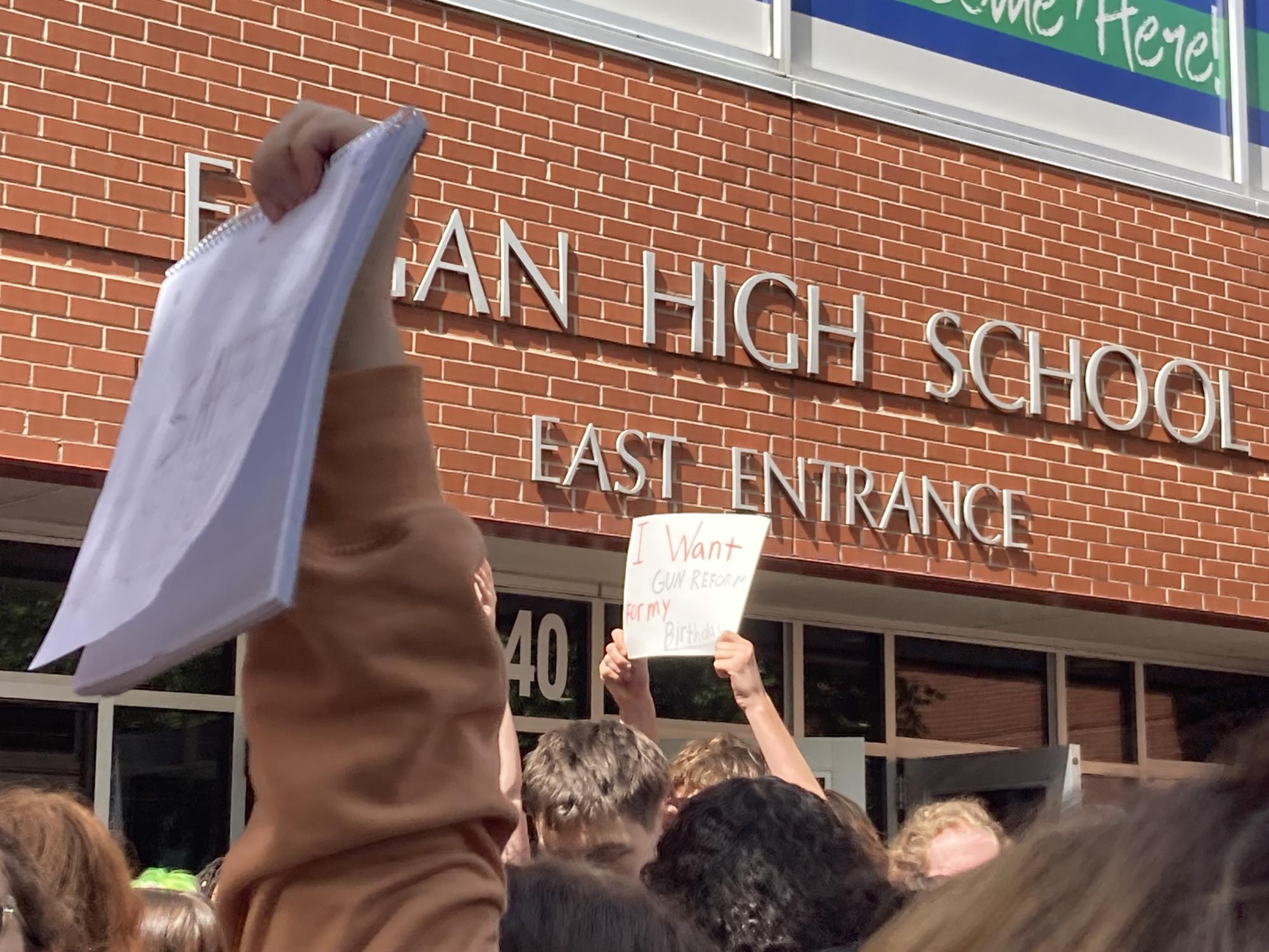Hunger and Homelessness in Dakota County
March 6, 2017
[slideshow_deploy id=’6451′]
Noted as one of the best places to live by Time Magazine in 2014, Dakota County is home to clean parks, great schools, and two water parks. So when most people are confronted with the fact that hunger and homelessness are still two critical issues in Dakota County, they are astonished.
However, members of Dakota County came together to make a difference this winter. Stephen Gray, a member of Easter Lutheran Church and mentor for their youth group, organized a food drive. The items collected went to The Open Door, a local food shelf. Gray explains, “Jason Viana [Executive Director of The Open Door] came in and spoke to our youth group, and it seemed like something that we could easily rally around.”
He and other church mentors split the high schoolers in the youth group into teams that competed against one another to bring in the most items. A scoring system was used to encourage youth to bring in specific items that food shelves have difficulty acquiring. Items such as peanut butter, toilet paper, and feminine products were worth more points than canned fruits and vegetables because they are more expensive and harder for food shelves to come by. Together, Easter Lutheran’s youth group was able to donate 1,191 pounds of products to The Open Door. Sophomore Brooke Johnson, who participated in the food drive, explains that giving back to the community is important to her because “it makes me feel good, and [I] know [I’m] helping people.”
The Open Door is always looking for donations, especially peanut butter, diapers, toilet paper, feminine products, 100% fruit juice, vegetable oil, canned tuna, chicken, and fresh produce.
However, hunger isn’t the only issue facing Dakota County. Homelessness is another problem that many people are surprised to hear about. The youth group at Easter Lutheran Church was presented with stories and statistics regarding homelessness in Minnesota. Johnson was astonished to learn that “half of homeless people are under 18.”
Monica Nilsson, an advocate for Minnesota’s homeless population, organized and ran the emergency cold-weather shelter that moved between four Dakota County churches this winter. The shelter began with a four-day stint at Grace Lutheran in Apple Valley, moved to Prince of Peace in Burnsville for four days, then to Spirit of Life Presbyterian in Apple Valley for three days, and shut down the day after Christmas. Nine days later, Easter Lutheran Church offered to shelter guests for two weeks, which was eventually extended to three weeks. Afterward, the shelter guests were given bus or gas cards and sent on their way.
Nilsson elaborates, “I have found [it] surprising the number of people who are working while trying to live out of a vehicle. We have people who have stayed at Easter who are working at Marshalls, Taco Bell, McDonald’s, SuperAmerica, MyPillow. [These are] places that you’d never know […] that it’s not a homeless person asking you for change, it’s a homeless person giving you your change.”
In order for these temporary shelters to run smoothly, a site needs to be established; ideally a location that is close to public transportation, such as a bus line. Funding is essential because the staff that run the shelter need to be paid. Volunteers and donations also contribute to a well-functioning shelter.
When individuals walk into a shelter, staff meet their immediate needs. Once guests are comfortable, staff work to connect them with resources to get them to a better place.
Minnesota state senator Matt Little, visited the temporary shelter at Easter Lutheran and was given a tour by Nilsson. Nilsson describes how the Dorothy Day Center in St. Paul sheltered 170 Dakota County residents last year. A part of the “coordinated entry” mandate is to streamline people in need of shelter or housing. Because of this, counties will no longer shelter homeless people from other counties. There is some concern because there isn’t currently a set shelter for Dakota County, and Nilsson believes that homeless people in the suburbs will suffer the most because of a lack of facilities and programs to help them.
Nilsson hopes to create a facility in Dakota County to tackle homelessness. She explains that the county and a coalition of churches and service providers will all contribute to the success of this shelter. “There is definitely a need,” she states. Senator Little helped to start The Open Door food shelf in Eagan and expressed his interest in helping to make this shelter a reality. Public awareness and action are necessary to address homelessness and make a lasting change in the community.






